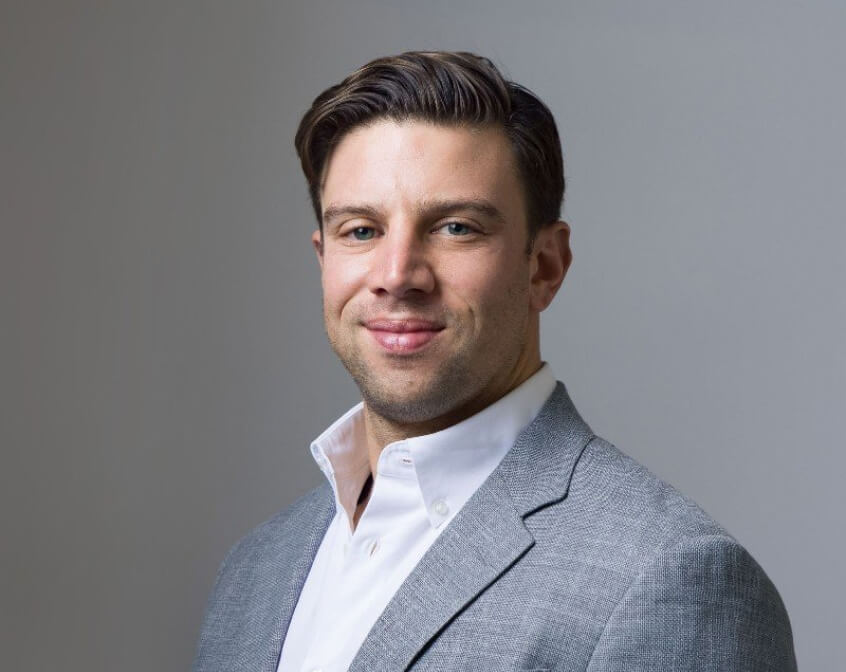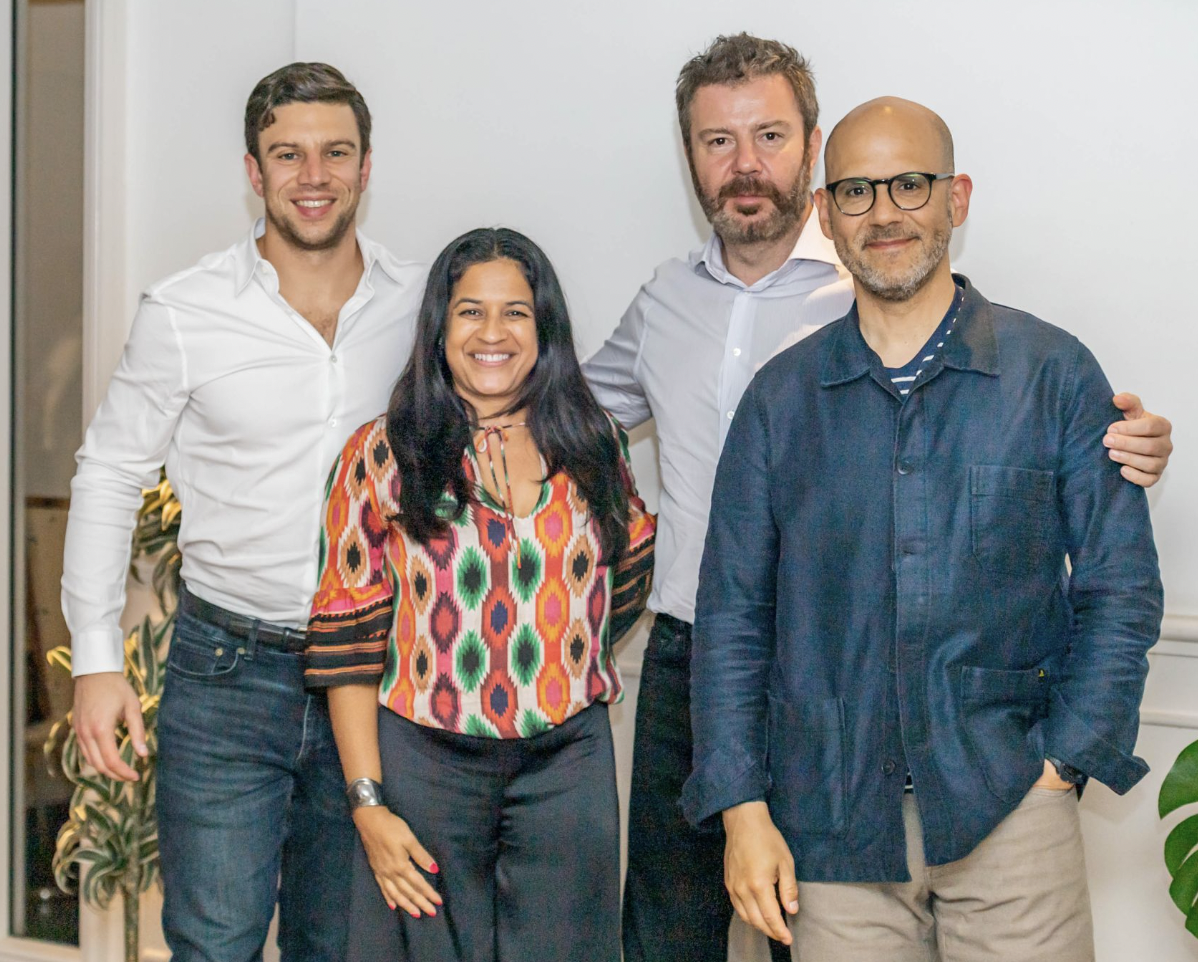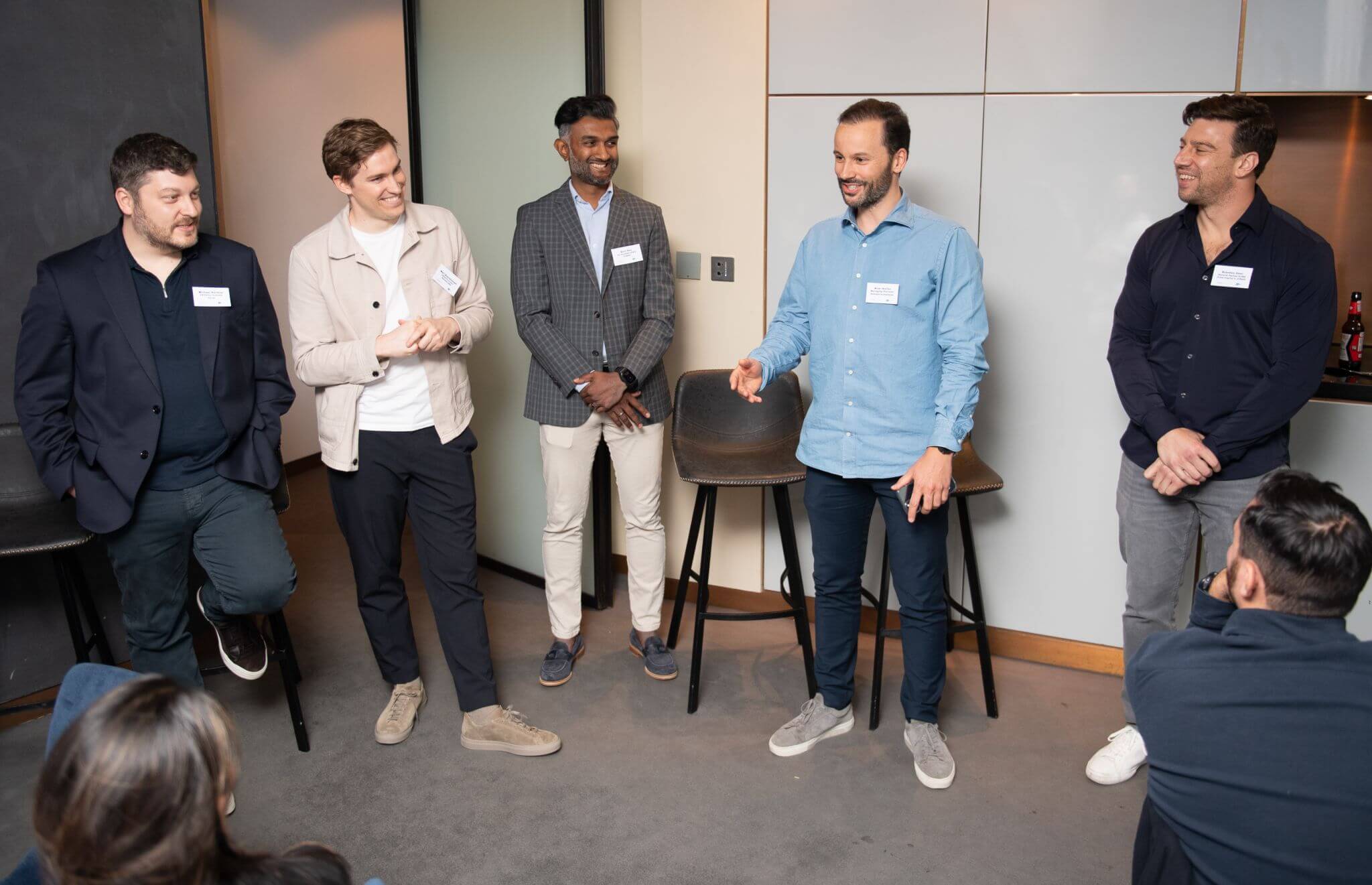An antifragile business culture embraces change, experimentation and learning from failure. It’s a culture that encourages employees to take risks, adapt and continuously develop their skills and abilities. By fostering an antifragile culture, companies can build resilience that helps them not only to survive, but also thrive in the face of uncertainty and change.
The term antifragile was first coined by Lebanese-American essayist Nassim Nicholas Taleb to describe a property of systems that prosper and thrive as a result of stressors, shocks, volatility, attacks, or failures.
Most growth company founders reading this are likely to recognize themselves in Taleb’s thesis. After all, anyone who’s ever been in the business of building a company knows that rapid growth almost always comes with stressors, shocks and many, many black swans.
“Companies need to ‘price into’ their business plans the inevitability of shocks. No one can predict the next recession or pandemic, but they can establish mechanisms and procedures for absorbing such shocks when they hit and strategizing the best way to capitalize on them,” said Motti Peer, the CEO & founder of Tel Aviv based PR outfit ReBlonde.
An important aspect of building a shock-resistant company is to have a culture – a set of shared values, objectives, attitudes and practices – that doesn’t crumble under pressure. As Peter Thiel, a venture capitalist best known for his early bets on PayPal and Facebook, famously said, “a startup messed up at its foundation cannot be fixed”.
That foundation is the culture.
Here are some steps that startup founders can consider to build an antifragile culture.

Motti Peer – CEO of ReBlonde
Embrace experimentation
Encourage employees to experiment and take risks and view failure and mistakes as an opportunity for growth and learning. Failing in a controlled setting is the best way to learn and progress. Once a company encourages experimentation and creativity, it needs to set parameters for experimentation.
“On infrequent occasions, we do need to consider if a team member is willing or able to productively bounce back from setbacks. Therein lies a risk. If a setback is too severe and a team member isn’t committed to bouncing back, it’s the job of the leader to make sure any of their negativity doesn’t spread into the rest of the organization. Luckily, this rarely happens if you have good hiring practices, we hire tough — putting candidates through their paces — to manage easy,” said Daniel Anstandig, founder and CEO of Futuri Media, a provider of cloud-based audience engagement software for the enterprise.
For Chris Turlica, CEO and co-Founder of MaintainX, a modern workflow management platform for industrial and frontline workers, it’s about defining success criteria and tight time frames before hitting go.
“Fast-cancel what doesn’t work, don’t sit on it for too long. Building a company is a multi arm bandit optimization problem, spend ~80% of your time focused on harvesting what is working and ~20% of the time in discovery mode of things that can work better (which you then include in the 80% and harvest)”.
Nurture responsibility and trust to drive motivation
Although perks are enjoyable, they are not the key factor in bringing out the best in employees. Rather than being pampered, employees prefer to be entrusted with responsibility and given the opportunity to produce their best work. Ultimately, it is crucial for every individual within the company to feel a sense of significance in their work.
Ever since the early days of Facebook, Mark Zuckeberg has made a habit of addressing employees directly at a weekly Q&A. He would take questions and address concerns. Instead of relying on secondary sources, such as quarterly management reports, founders should consider dealing directly with employees to get a sense of morale and potential points of tension.
Consider creating a channel for top management to solicit employees’ views, whether through or bypassing managers. That information shouldn’t be altered, filtered, or adjusted because the raw substance of the message is highly crucial. If there are intermediaries, their role should be to collect feedback and identify patterns through various vehicles, such as surveys, focus groups, scrum groups, and walkabouts.
Foster a growth mindset
Encourage employees to continuously develop their skills and abilities, and create a culture of continuous learning.
“Our leadership team’s mindset: Never wait and see what happens, always try to steer your company towards higher levels of transparency and openness. This way you won’t be blindsided by sudden changes, but are able to preempt events that may have a negative impact on your staff and company,” says Anstandig.
Founders should aspire to be as transparent as possible. Take a critical look at the things or information you tend to keep confidential and ask yourself: “Am I concealing this information out of necessity or fear?” If the answer is fear, take time to assess the risks, and if it’s worth sharing, please do. Transparency builds trust because employees will have confidence in the organization during times of change and challenges.
Build a diverse ecosystem of ideas
Diversity of viewpoints produces a variety of perspectives, experiences, and ideas that can help a company adapt to change and overcome challenges. This means creating an environment where employees feel comfortable sharing their ideas, concerns, and feedback.
Employees want an environment that allows them to express ideas that can help the organization achieve its goal and purpose. Founders should look at their employees as professionals and innovators whose input and guidance are crucial when implementing an organization-wide change.
“Providing a clear roadmap to navigate tough scenarios is another way to make sure your workforce is resilient. At Futuri, we regularly do after-action reviews when something doesn’t go to plan. These are clear-eyed, no-judgment sessions that explore what we expected to happen, what actually happened, why that happened, and how to improve in the future. That ultimately helps us show our team members a way forward and a future full of promise and opportunities,” said Anstandig.
Empower employees
Give employees the autonomy to make decisions and take ownership of their work. This can help build resilience and adaptability within the organization. “I’ve found the key to developing great teams is to identify those with a shared passion for the mission. It has been my experience that highly productive people tend to be more likely those who are naturally inspired than those who need to be intensely managed,” said Josh Tate, the CEO & co-founder of ForumPay, a crypto payment gateway.
Empowering often means autonomy. Employees require independence to form ideas and practices without a system that’s too rigid and can easily stifle innovation.
“We want drivers and not passengers on this journey. We empower people to make their own decisions and make sure that we spend the time to align on the strategic goals and direction. It’s far better to calibrate and align on improvements post mistakes than have a culture where everything is gummed up and waiting for approval. As that Steve Jobs quote said: ‘We hire great people not to tell them what to do but rather to have them tell us what to do’,” said Turlica.
Sometimes ignoring employee input can come at a great cost. When Steve Sasson, a Kodak employee, invented the digital camera in 1975, his managers dismissed it, arguing that digital cameras could slow down profits from films, considering 80% of their earnings came from sold films. The rest, of course, is history.
Create an agile workplace and emphasize flexibility
Encourage employees to be flexible and adaptable, and build systems and processes that can be easily adapted to changing circumstances. Lead by example: leaders should model the behaviors and values that they want to see in their team, such as a willingness to experiment, a commitment to learning, and a positive attitude toward change.
To ensure that passion, enthusiasm, and energy continues throughout the growth phase, founders must foster interpersonal relationships and keep employees aligned with the company’s mission and values. Every company faces unique challenges, and a one-size-fits-all approach may not help scale company culture in fast-growing startups.
An antifragile culture is a way to nurture business agility – learning and adapting to disruptive change to create positive, productive experiences. It’s not easy, but with a clear change management strategy, founders can craft an antifragile organization and maintain business stability in the long term.
Ultimately, a company’s culture is shaped by its values, people, leadership – and it takes time and effort to build and maintain a culture that is antifragile.
Related Articles

Supporting Startup Employee Morale through Turbulent Markets

Highlights from the Crew Capital Founder’s Dinner: Company Building with Daniel Dines & Brandon Deer
This summer, we at Crew Capital co-hosted a dinner with Seedcamp in London with 50 European founders. As part of…







